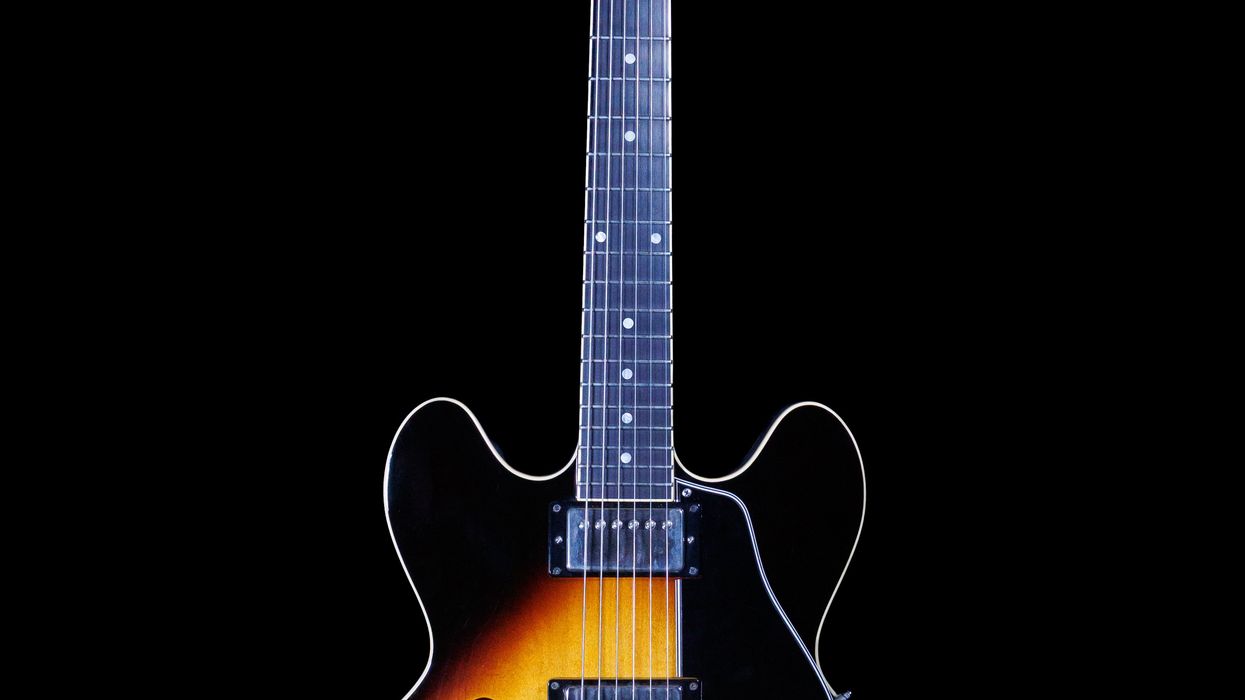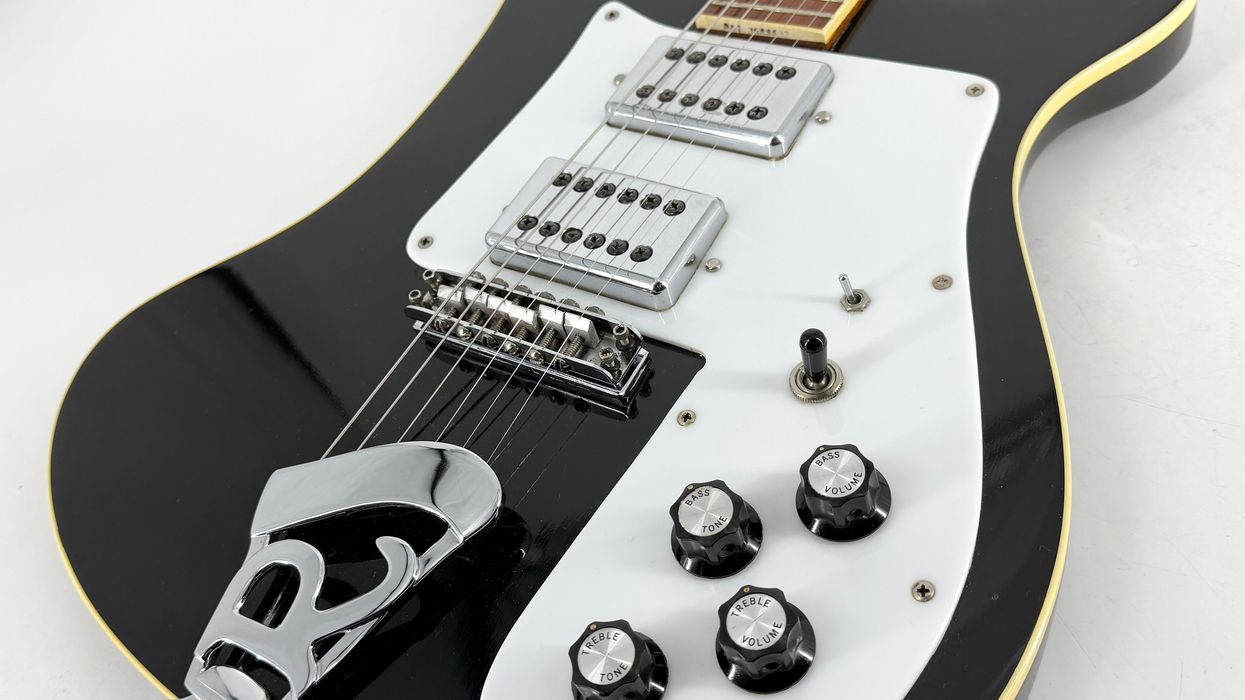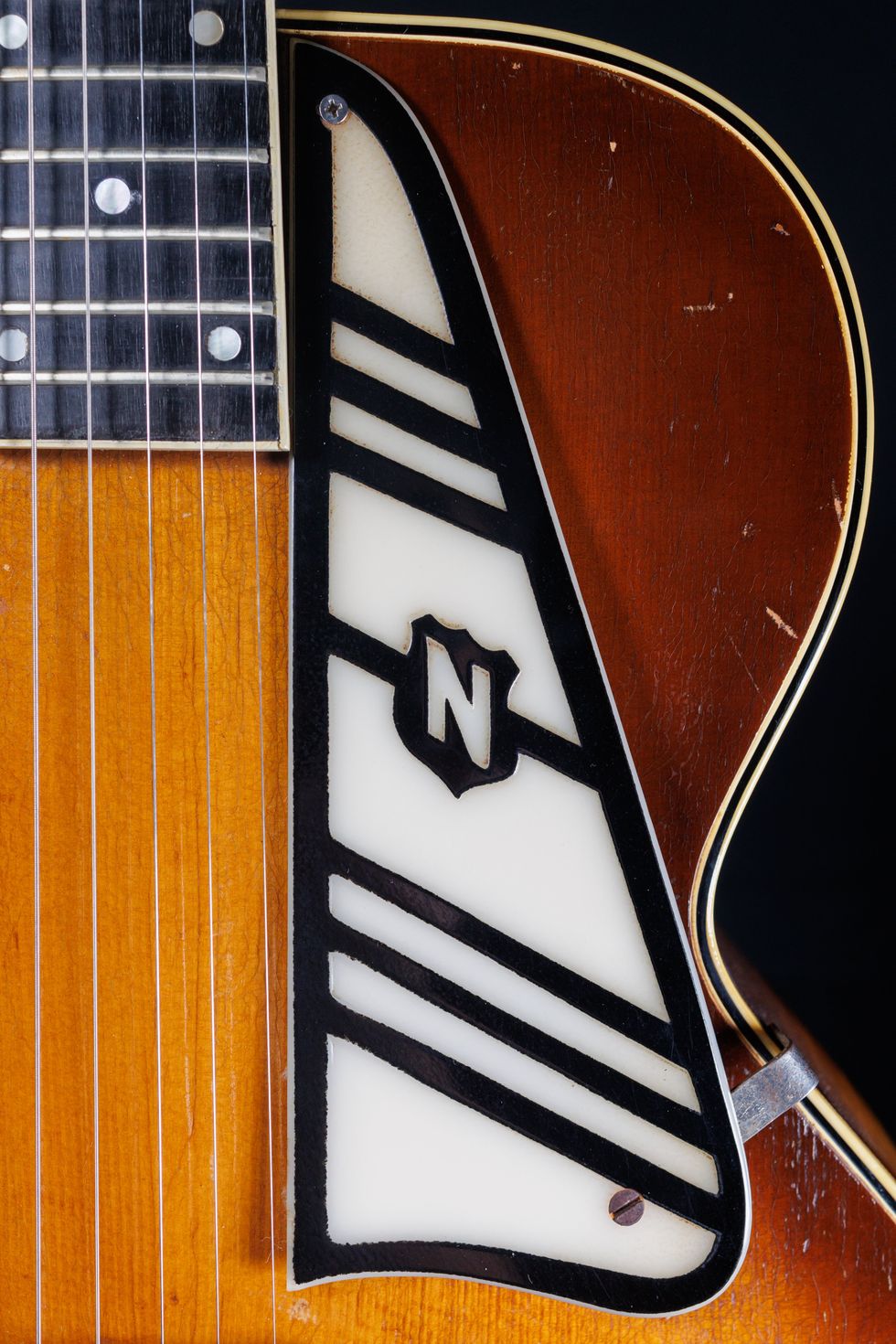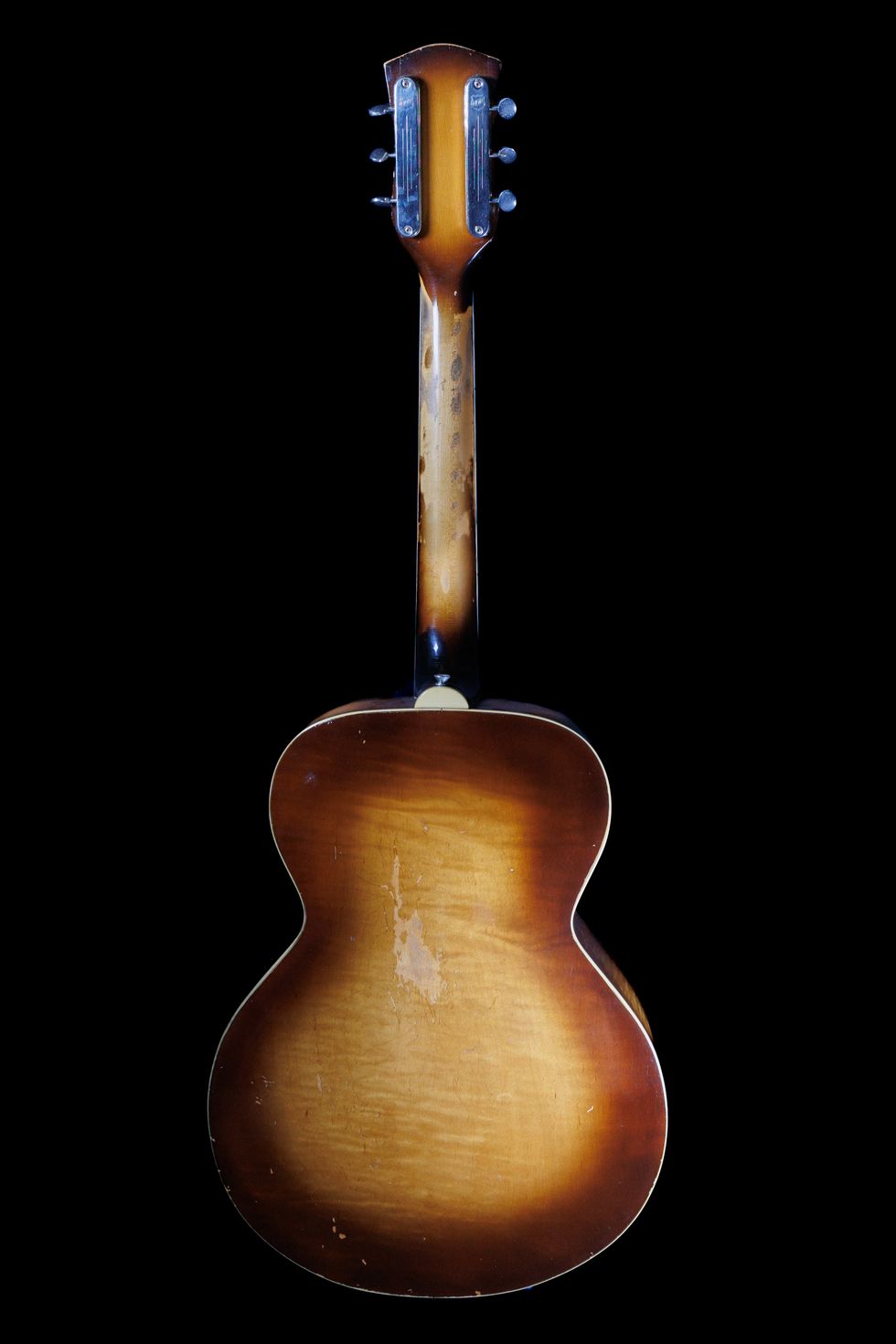Sometimes, the easiest route to vintage tone and playability is by finding a guitar that’s had a refinish, or other mods that haven’t disturbed its musical essence. These are called “players” or “player-grade” guitars in the vintage market, versus “collectors' guitars,” which are unaltered from their original state. This month’s featured instrument, a 1958 Gibson Les Paul Special, is a players' guitar—and I’m that player.
The Les Paul Special has a deep lineage. The original Les Paul model, which came to be known as the Les Paul Standard in 1958, debuted in 1952. Two years later, as the line diversified, the Les Paul Custom arrived, as well as a student model called the Les Paul Junior. The Junior was the first slab-mahogany-body Gibson, with additional cost-saving measures evident in its single pickup, unbound fretboard, lack of binding, and plain dot neck markers. It sold for $99.50, versus the princely $225 price tag on the Standard, making the Junior the most affordable guitar in the 1954 Gibson catalog.
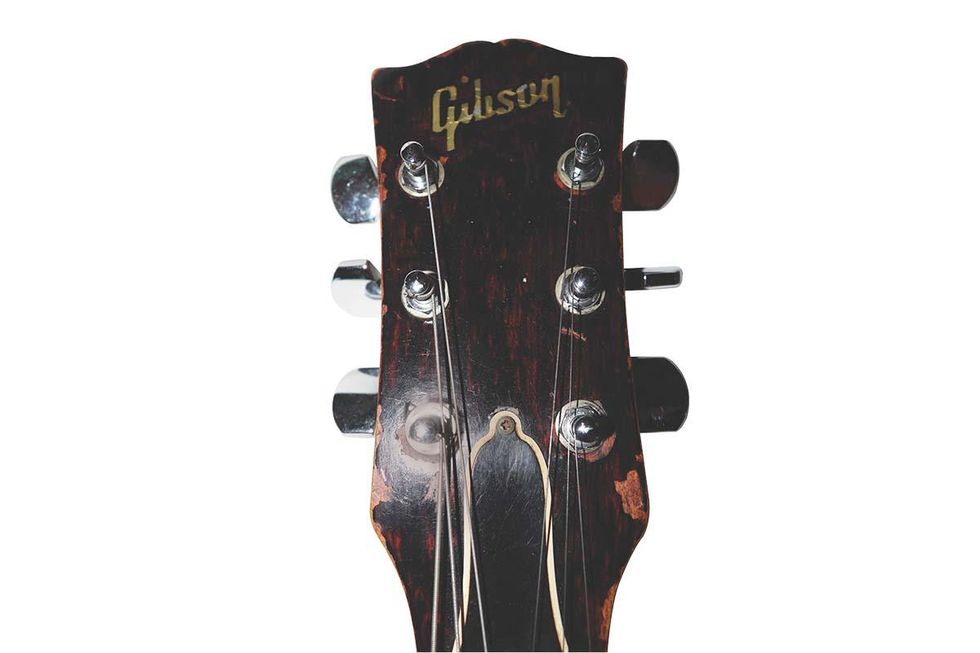
A year later, enter the Special. It also has a slab mahogany body, but upped the ante with two soapbar P-90 pickups, a Les Paul-style control set of two volume and two tone dials plus a 3-way toggle, a Tune-o-matic bridge and stop tailpiece (a combo Gibson debuted in 1953 on the Super 400), a wide ’50s-style fretboard, and a 1-piece mahogany neck with binding along the rosewood fretboard. The model came finished in TV yellow, and from 1955 to 1958 it featured a single cutaway. Priced at $179.50 in 1958, the Special was intended as an intermediate-level 6-string, nestled between the Junior and the original Les Paul. By 1959, the Special’s core design was changed to a double-cutaway and remained that way until a single-cutaway edition called the ’55 Les Paul Special was reissued in 1974. Today, the Les Paul Special still remains part of Gibson’s product line.
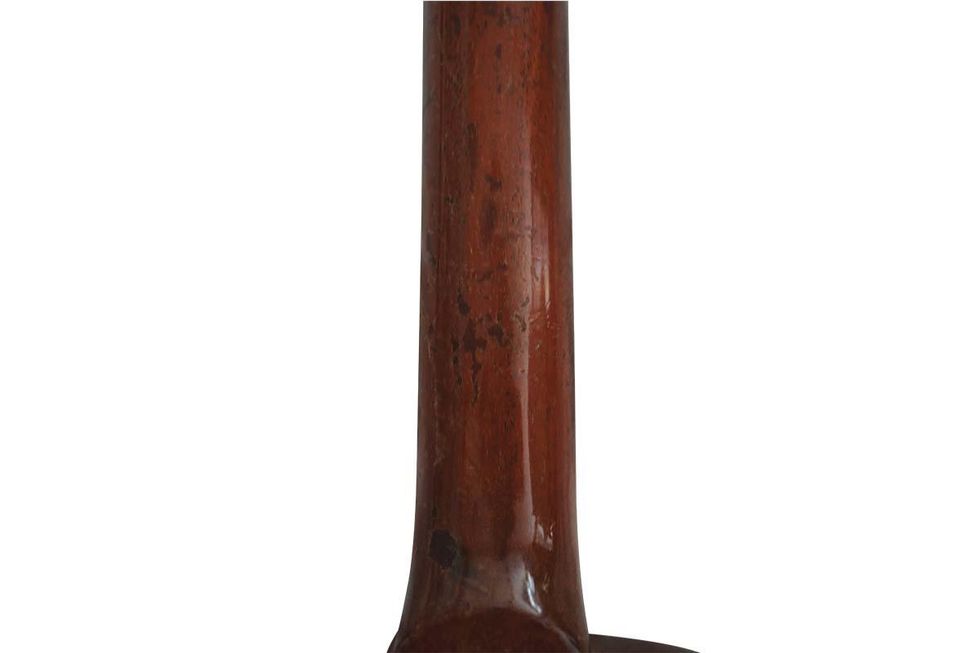
Long after someone had refinished this month’s featured guitar down to its mahogany body, I purchased it in the mid-1990s at Cambridge Music in Cambridge, Massachusetts. The other modifications are the replacement of the original Kluson tuners with Schaller’s and the swap of the original wraparound bridge with a Tune-o-matic, also done by a previous owner. And, of course, there’s a story.
I first saw this guitar on consignment inside a glass wall case. At the time, I did not have a slab-style Gibson, and it immediately spoke to me. I also did not yet own a P-90-equipped guitar, which amplified that voice. Honestly, I was afraid that if I played it, I’d fall in love and need to shell out the $1,200 asking price. Months passed, and it sat in the wall case, teasing me every time I made my frequent visits to the shop. One day, the inevitable happened: I asked to play it. I plugged into a couple Fenders and a Marshall combo and was struck by how comfortable the 12"-radius neck felt and how sweet the guitar sounded through a Fender Deluxe, and how spanky and barking it was through a Marshall with low-to-moderate gain, thanks to those P-90s. The term “bite” was coined for this guitar.
“That day, I walked away … but in the ensuing weeks I literally dreamed about this Les Paul Special.
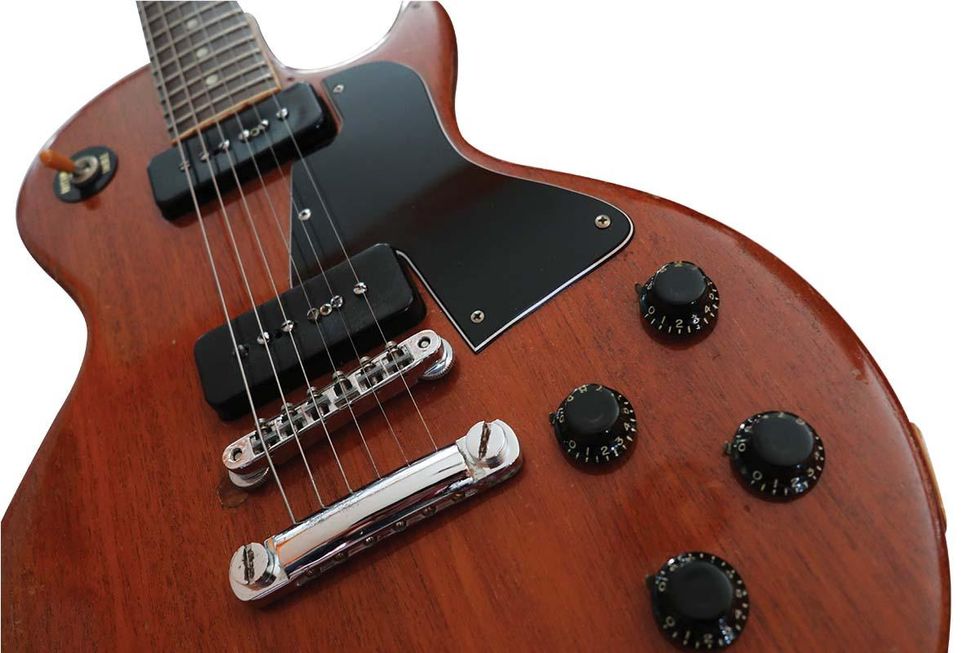
That day, I walked away … but in the ensuing weeks I literally dreamed about this Les Paul Special. And then, a check for the first band profile I wrote for Rolling Stone, on Thalia Zedek and Chris Brokaw’s brilliantly edgy rock outfit Come, arrived. Clearing it with my wife, Laurie, I went to Cambridge Music with that check in my pocket. I explained to the shop’s co-owner, Dennis Keller, that if the consigner would agree to a price of $1,000, tax included, I would cross the street to my bank and bring back cash. Miraculously, the consigner agreed, and about a half-hour later I hit the subway with that refin Special in a black plastic “chainsaw” case with the Gibson logo on its side. I felt like a courier, escorting home a million bucks.
This ’58 Special is worth something in the neighborhood of $4,000 or a little less today. Similar single-cutaway Specials with the original finish, depending on road wear, are selling for between $13,000 and nearly $18,000. But I’m not jealous. This guitar is a flagship of great playability and classic, slab-body Gibson tone, and, due to that, this Special has paid back my initial investment with every trip it’s made to the studio and stage for nearly 30 years.
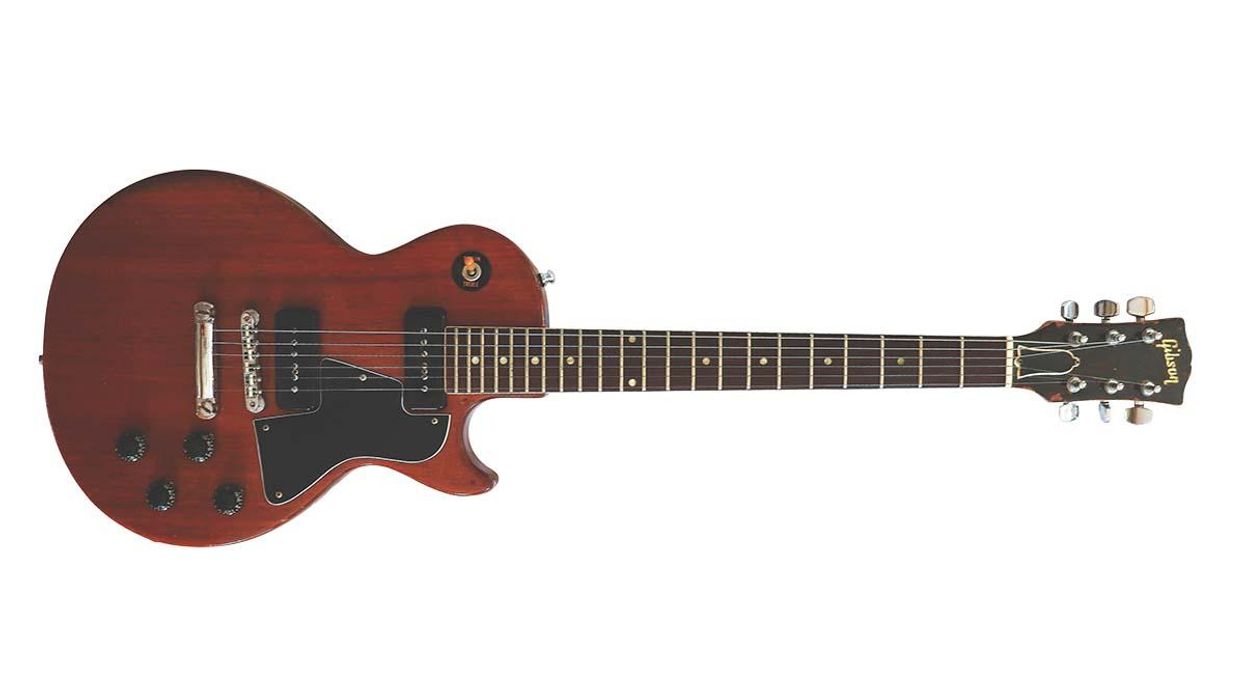

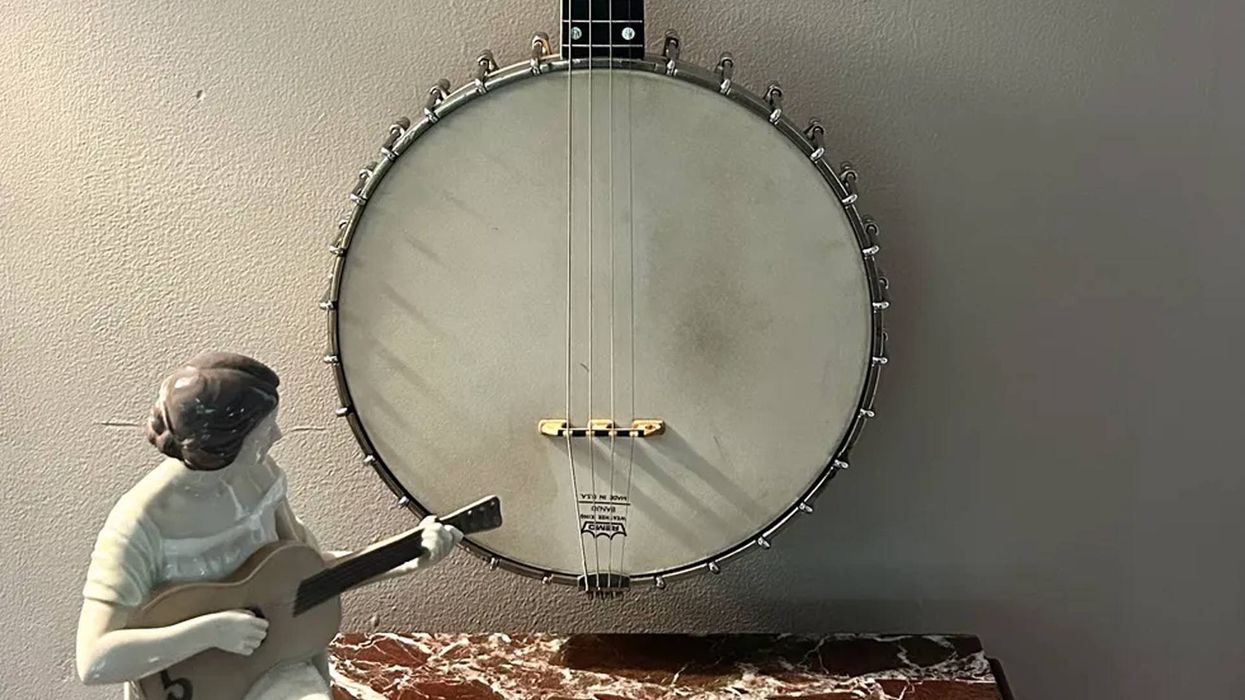
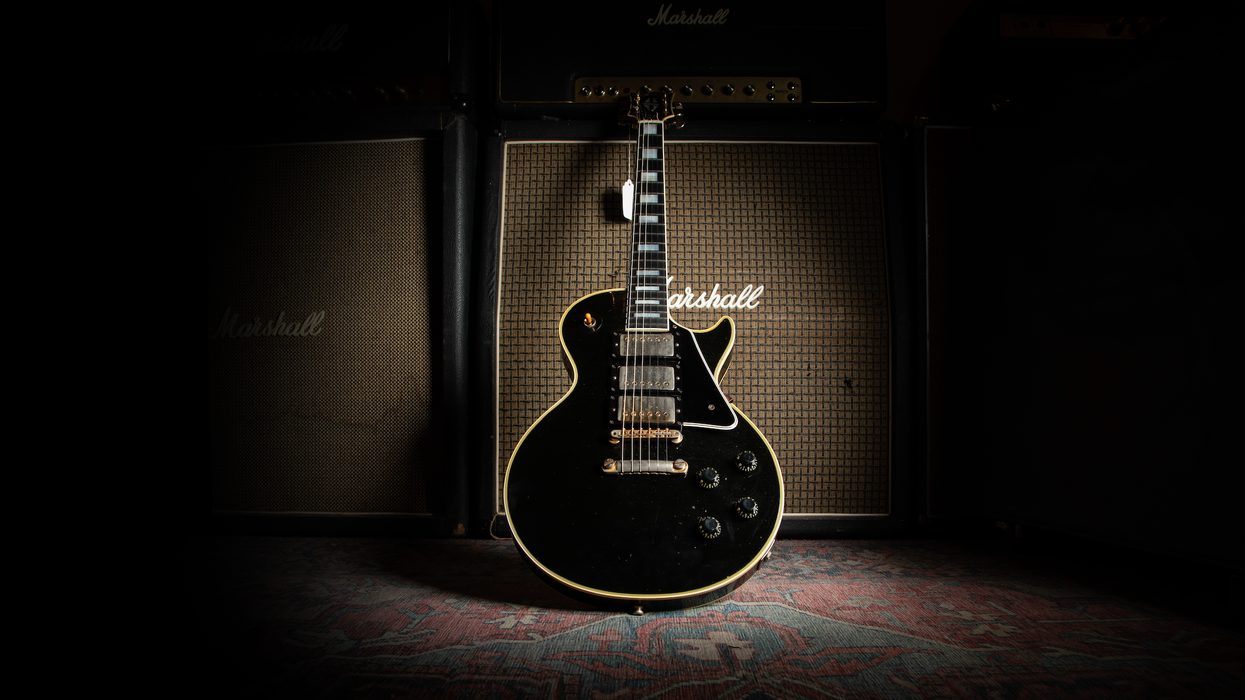
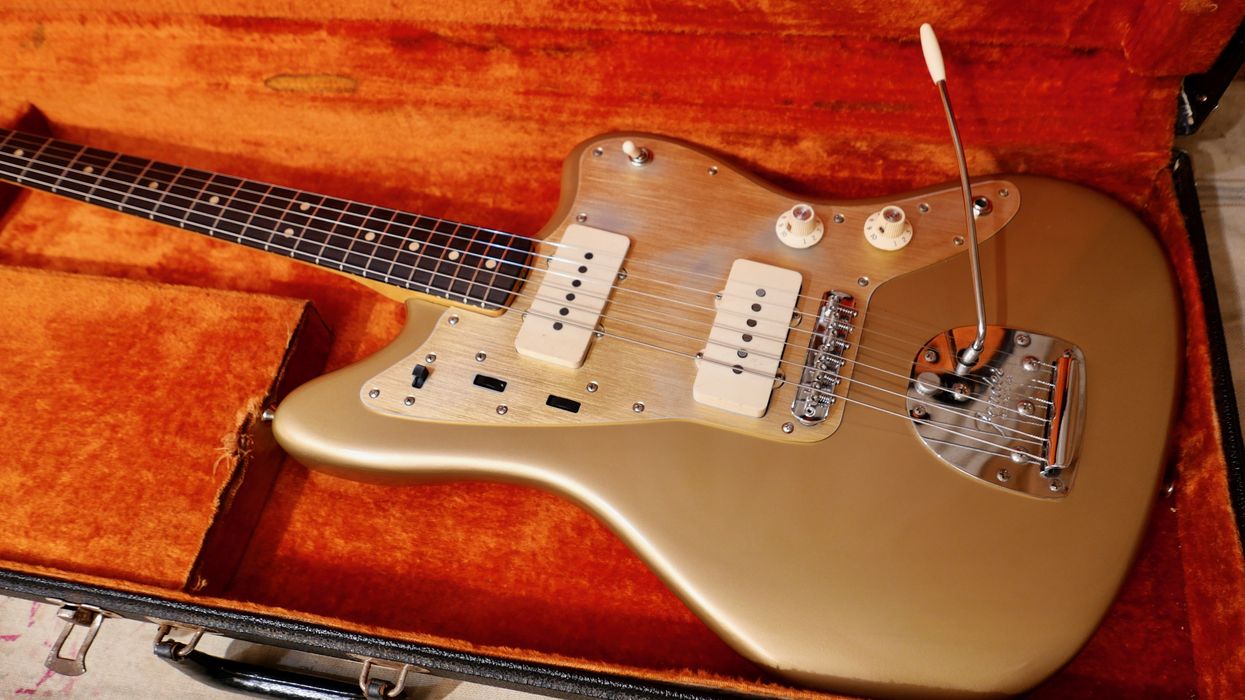
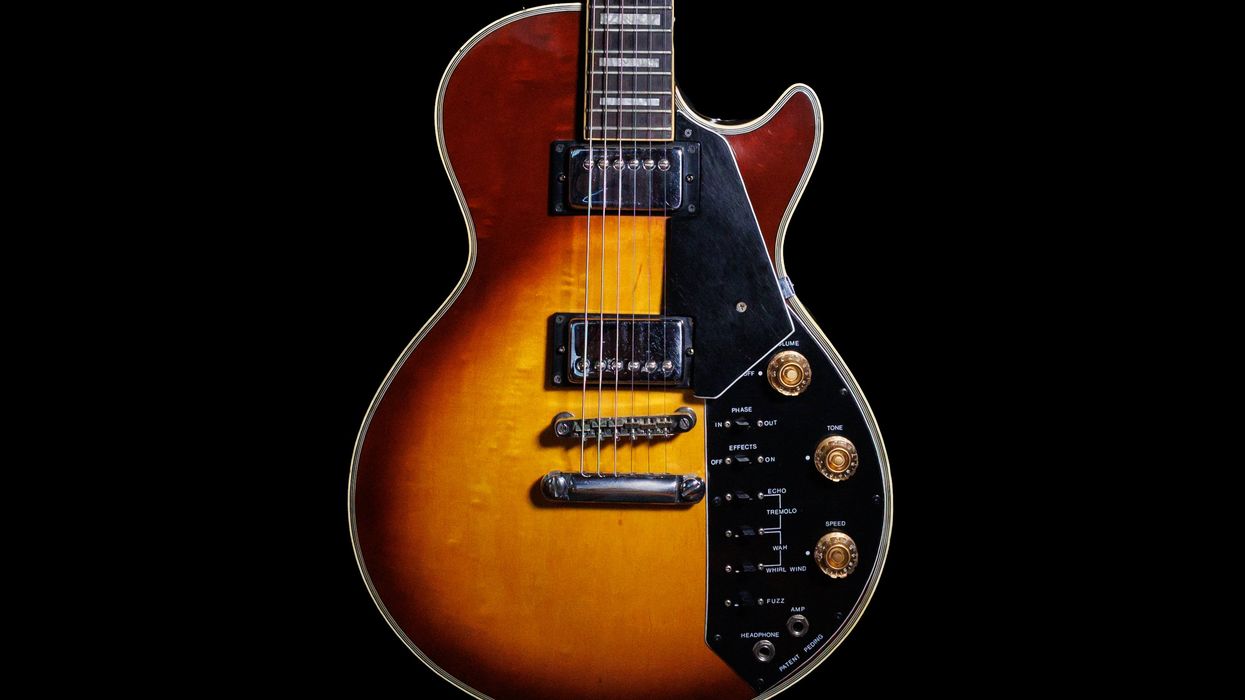

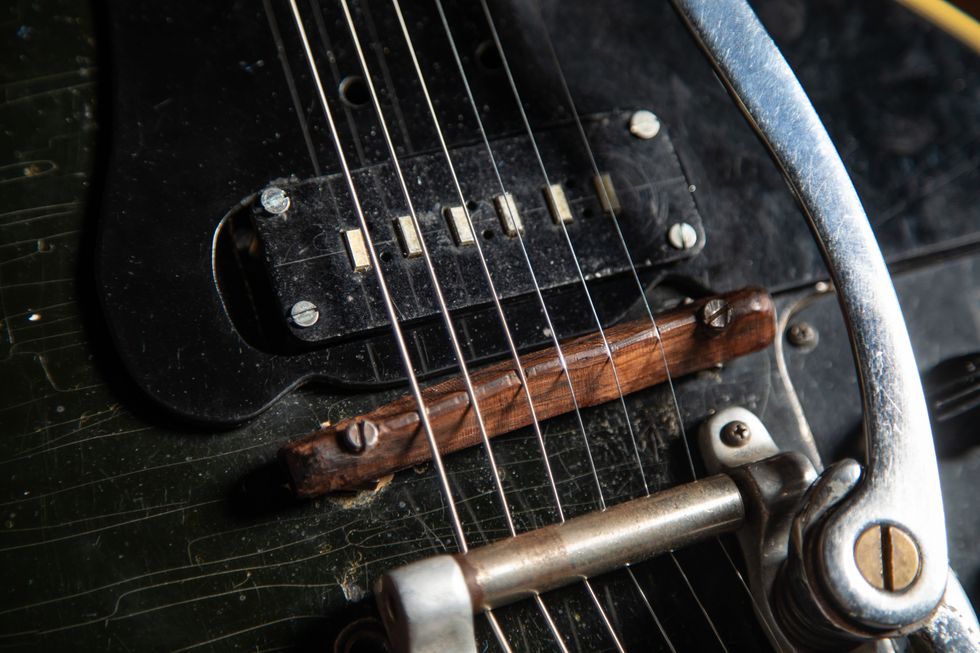
![Rig Rundown: AFI [2025]](https://www.premierguitar.com/media-library/youtube.jpg?id=62064741&width=1245&height=700&quality=70&coordinates=0%2C0%2C0%2C0)

![Devon Eisenbarger [Katy Perry] Rig Rundown](https://www.premierguitar.com/media-library/youtube.jpg?id=61774583&width=1245&height=700&quality=70&coordinates=0%2C0%2C0%2C0)



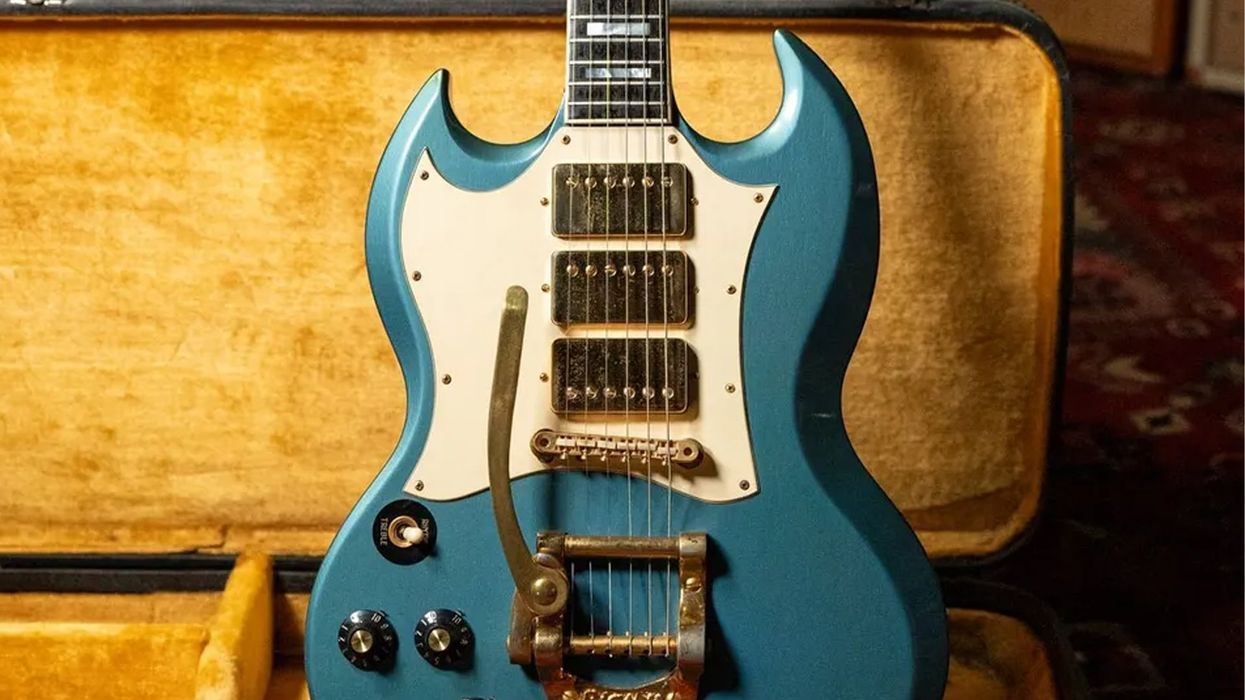

 Whether or not Jimi Hendrix actually played this guitar might come down to how lucky its buyer feels.Photo courtesy of Imperial Vintage Guitars Reverb Shop
Whether or not Jimi Hendrix actually played this guitar might come down to how lucky its buyer feels.Photo courtesy of Imperial Vintage Guitars Reverb Shop